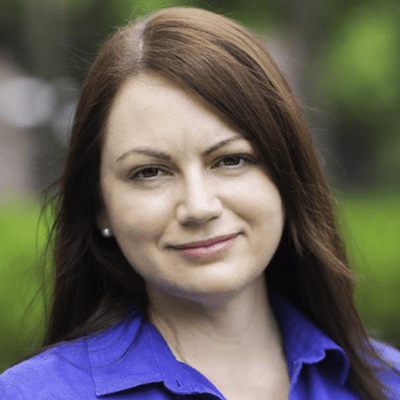Why is listening to people so hard? A 4-Part Clinical Collaboration Reflection
Part 4
Our daily work with people in pain is a leadership position. It would be nice to wait for a system overhaul, and new models of care to be created, but human suffering doesn’t fit into that timeline. We have people in front of us everyday, and we know that even tiny, incremental changes make a difference. We can all be a part of this quiet riot of changing the way we approach pain, whether the system is able to support us or not. Everyday, we choose the Revolutionary act of hearing people’s stories, and in doing so, we start to redistribute the power in health care. Listening is a skill that can be learnt (1). Just learn it. Like you learnt to manipulate spinal joints at those weekend classes, you can also learn about motivational interviewing and communication. We don’t teach that in school and it would make a big difference if we did. The emerging field of narrative medicine is quantifying the impact that we can have on people’s pain experience through sharing and mutually understanding the lived experience of pain. (2)
Skills in this area are at least as important as the manual therapy techniques we have spent so long practicing. We can, and we must, make change one person at a time, and in a way that puts the person at the centre (3). Is it hard to do? Yes. Is it messy and human and sort of icky? Absolutely. When we ask people to tell their story, we hear things that we don’t know how to fix. As a professional, questioning the ways we have learnt to help people, and the ways that we have molded to the demands of the health care system puts us in a vulnerable position. As a patient, sharing the stories of the pain experience and finding shared solutions requires a similar vulnerability and a leap of faith. Vulnerability is the “birthplace of innovation, creativity and change” (4) and while it may be uncomfortable, it is essential.
It has taken 20 years of research and investigation to reach the understanding of pain that we have now. We can’t wait that long to translate it to general knowledge, and build it into health business systems. Waiting for Collaborative Health to be proven effective, or not, makes us complicit in the problem. The Pain Revolution Ride is one way in which we can reach people in their communities, while we grow a tribe of Revolutionaries that continue the cause. But there are other ways too. The Revolution in pain care is putting the evidence into practice. If we’re curious and committed to what we do in the clinic every day, we can’t help but have a Revolution thrust into our hands.
About Lissanthea Taylor
 Lissanthea is an Australian Physiotherapist on the look out for the ways we can use technology, business models and social media to improve population health with regard to pain treatment. She’s working on getting better information to people in pain with her Pain Chats emails. She’s also part of the team that runs the Pain Revolution where she makes sure that the stories of the ride, and the ongoing community-based Local Pain Educator network reach the world.
Lissanthea is an Australian Physiotherapist on the look out for the ways we can use technology, business models and social media to improve population health with regard to pain treatment. She’s working on getting better information to people in pain with her Pain Chats emails. She’s also part of the team that runs the Pain Revolution where she makes sure that the stories of the ride, and the ongoing community-based Local Pain Educator network reach the world.
References
[1] https://www.ncbi.nlm.nih.gov/pubmed/26200577
[3] https://ehrintelligence.com/news/evidence-supports-push-for-social-determinants-in-ehr-data.




